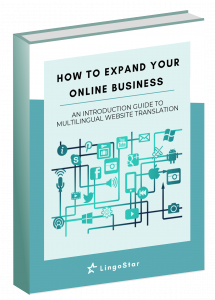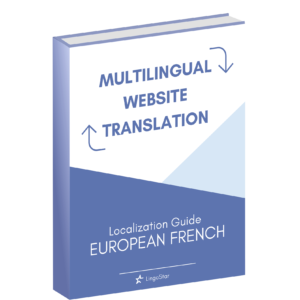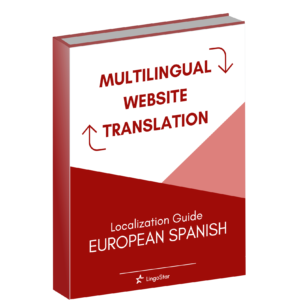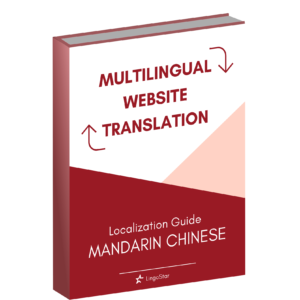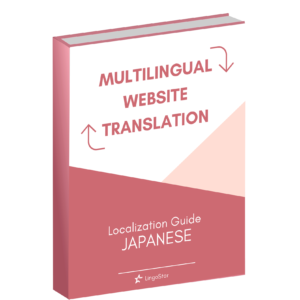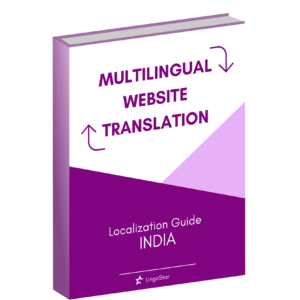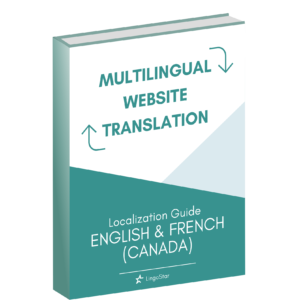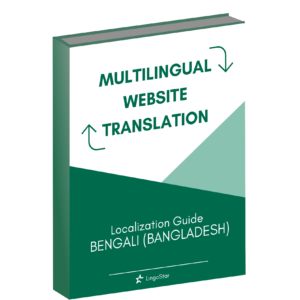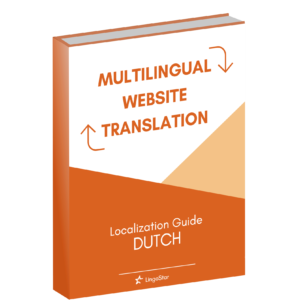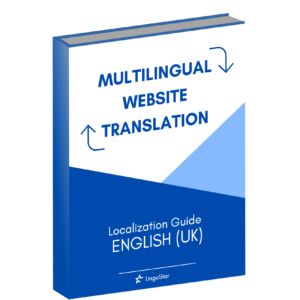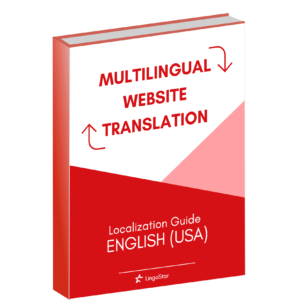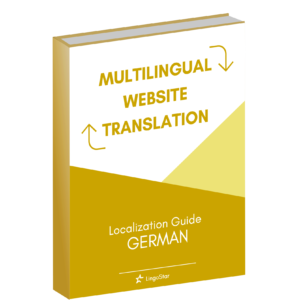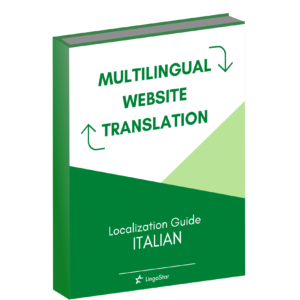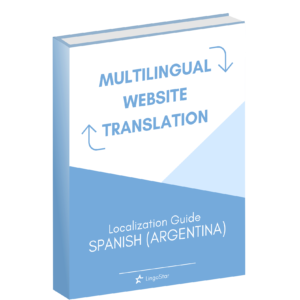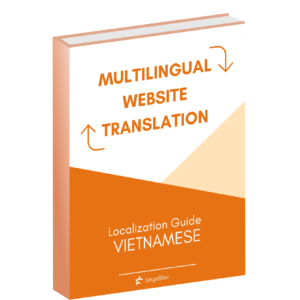Oct 21, 2014 | Blog, SEO, Translation
TRANSLATION MYTHS TRANSLATION MYTHS The world is full of preconceptions and the translation profession is not exempt from this inevitable fate. In fact, translators are always engaged in the never-ending battle of educating the customer. Today we want to try to debunk the most common translation myths. First and foremost we have: ‘Everyone who can speak two or more languages can be a translator’. If this was true, the world would be overflowing with translators. Luckily for the actual professionals, knowing two languages does not necessarily mean that a person can translate between those languages. There is so much more behind the mere knowledge of the language, despite the general skepticism of the public. The second fairly common misconception is that translating from one language to another is the same as translating in the reverse direction. In reality, translators should always translate into their own native language and not vice-versa, unless they are perfectly bilingual, which is rare. Third is the ‘translators can translate any subject matter’ belief. Unless they have an encyclopedic knowledge of everything due to extensive studies, translators tend to specialize in only a few key areas. In the same way that a cook or a painter probably wouldn’t be able to discuss the intricacies of engineering, a translator specialized in cuisine or art would unlikely be able to translate a technical engineering text. Another myth that is often the source of misunderstandings is the conviction that translators can deliver any translation within a very short turnaround time. Clients sending a translation request expecting the job done on the following day is a not unheard of. ...
Oct 10, 2014 | SEO, Translation
Handling a translation in Spanish? Follow our advice on different varieties of Spanish Translation in Spanish has always been tricky. Castilian Spanish (also known as neutral or universal Spanish) is the standard Spanish. However, it has to be distinguished from US Spanish and Latin American Spanish. The latter is also divided into subcategories such as Mexican Spanish, Bolivian Spanish and Amazon Spanish. There are also a few other dialects such as Catalan and Galician which can be found in Spain. This is why a good translation in Spanish requires more than just a theoretical mastery of the language. Of course, standard Spanish is understood by all, but linguistic differences shouldn’t be overlooked because the exact same word can have different meanings based on the region it is spoken in. Misunderstandings can be very damaging to your company’s reputation! It is interesting to note that Latin American Spanish resorts to many more English loanwords than neutral Spanish does. Do you know the translation in Spanish for the word computer? Well, it depends! In Latin America, a computer is commonly referred to as a computadora, while Spaniards would rather say ordenador. In a similar fashion, Latin Americans use the word email instead of correo electrónico, which is the standard term used in Spain. Here at LingoStar Language Services we offer a professional service for translation in Spanish. Do you have a translation in Spanish you need help with? LingoStar will be glad to provide you with quality services from beginning to end. We ensure that your translation is not only correct in terms of grammar, but it is also very culturally...
Oct 7, 2014 | Blog, SEO, Translation
Editing, Proofreading, and Post-Insertion Review These three revision processes differ slightly from each other. Editing Editing involves reviewing the content, overall structure, clarity and style of a document. It is the first step following the translation. It consists of rewriting the translation while taking into account the meaning, tone and style of the original text, as well as keeping the target audience in mind during the rewriting process. The translation should read fluently and not sound like a translation. It is important that it sounds natural to a native speaker. The editing process is time-consuming, and can sometimes take as long as the actual process of translating. The editing must be done by a different translator than the one that has done the translation. This is because the second translator will be more objective during their editing process. Proofreading Proofreading goes hand in hand with the editing process. The proofreading process is about checking the punctuation, grammar and spelling of the document. It implies making smaller changes in the translation, for example, making sure that the tenses used are consistent, or that the formatting of the translated text matches the original. A spell check or grammar check function is used to catch any inconsistencies. Post-Insertion Review The post insertion review process involves reviewing the translation after the desktop publishing (DTP) process. In order to do this, the translator must compare the original source text, translation and design file with the translation inserted into a graphic format (i.e. brochure). The translator has to make sure that the translation has been copied to the right place on the page and that...
